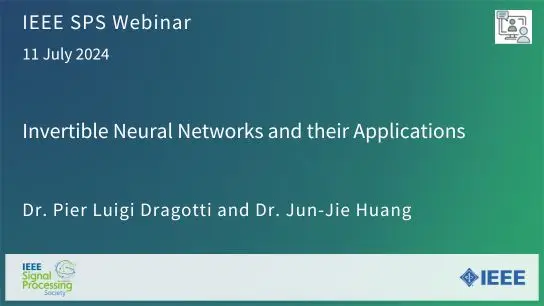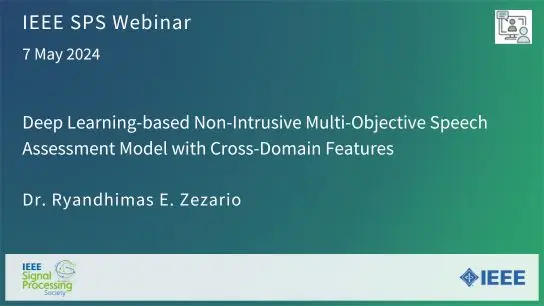STATISTICAL, SPECTRAL AND GRAPH REPRESENTATIONS FOR VIDEO-BASED FACIAL EXPRESSION RECOGNITION IN CHILDREN
Nida Itrat Abbasi, Siyang Song, Hatice Gunes
-
Members: FreeSPS
IEEE Members: $11.00
Non-members: $15.00Length: 00:12:04
08 May 2022
Child facial expression recognition is a relatively less investigated area within affective computing. Children's facial expressions differ significantly from adults; thus, it is necessary to develop emotion recognition frameworks that are more objective, descriptive and specific to this target user group. In this paper we propose the first approach that (i) constructs video-level heterogeneous graph representation for facial expression recognition in children, and (ii) predicts children's facial expressions using the automatically detected Action Units (AUs). To this aim, we construct three separate length-independent representations, namely, statistical, spectral and graph at video-level for detailed multi-level facial behaviour decoding (AU activation status, AU temporal dynamics and spatio-temporal AU activation patterns, respectively). Our experimental results on the LIRIS Children Spontaneous Facial Expression Video Database demonstrate that combining these three feature representations provides the highest accuracy for expression recognition in children.



